Employee Privacy and Data Security in Engagement Software: What You Need to Know
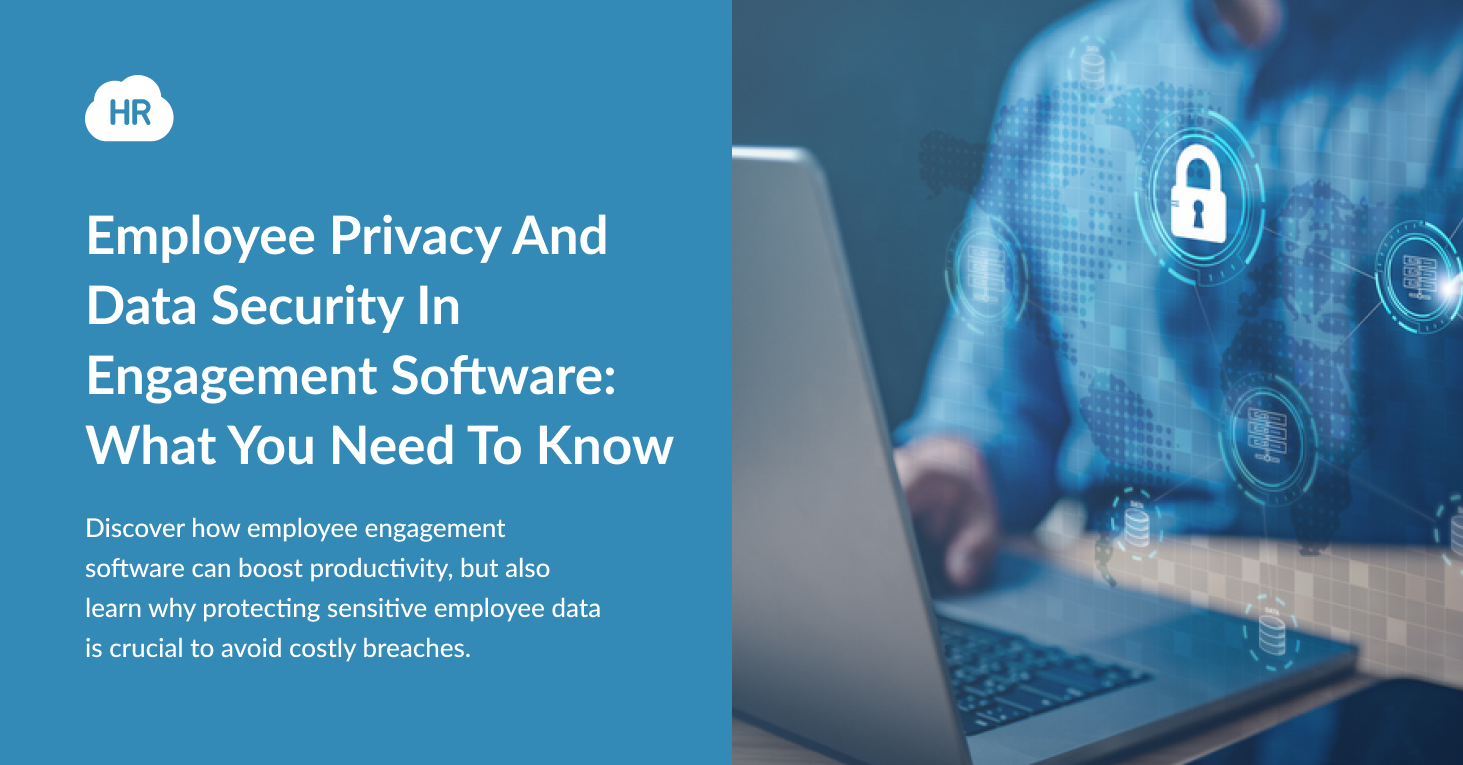
- Understanding Data Privacy and Security in Employee Engagement Software
- Regulatory Landscape & Best Practices to Follow Compliance Requirements for Organizations
- Factors While Choosing the Right Employee Engagement Software
- The Future of Data Privacy and Security in Employee Engagement
- Don’t Overlook Employee Data Privacy & Security to Protect Reputation
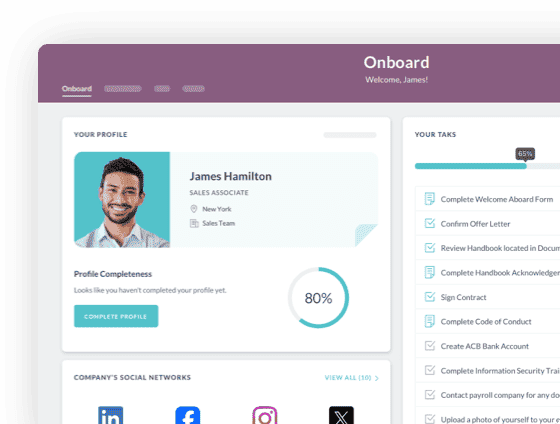
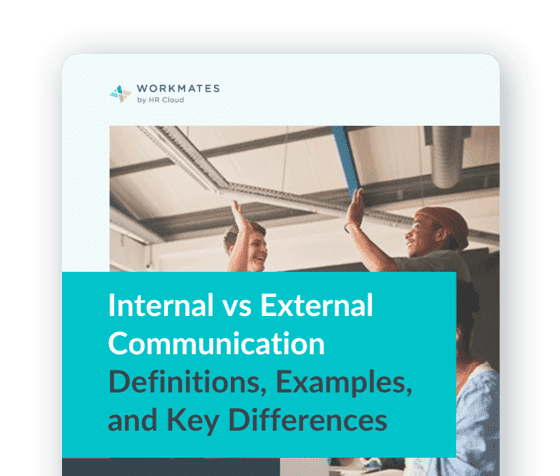
 Cut onboarding time
by 60%—here's the
Ultimate Checklist
that helped do it.
Cut onboarding time
by 60%—here's the
Ultimate Checklist
that helped do it.
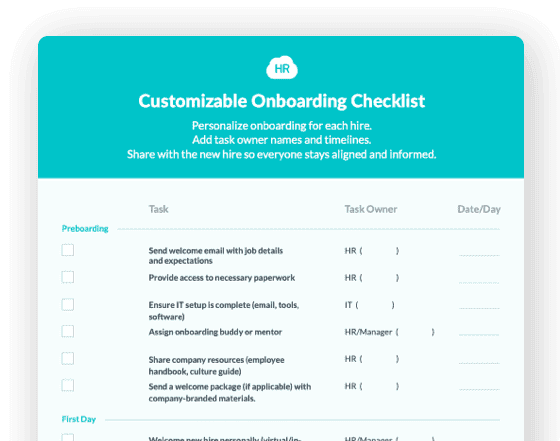
Employee engagement - it is easy to define but hard to drive! It defines the mental and emotional connection that employees find in their workplace.
Implementing effective employee engagement strategies can bring big results - like 81% lower absenteeism and 18% less turnover compared to organizations that ignore it.
Therefore, almost all companies have tapped into fancy employee engagement software to automate building prompt communication and work progress.
However, without ensuring that the information is fully private, encrypted, and secured, a definite question can arise: what does it cost when data breaches?
The significant answer is carried out by an IBM Report, revealing in these organizations, data breaches can cost around $3.15 million.
So, let's be a little more serious about it and learn everything about privacy and data security in employee engagement software.
Understanding Data Privacy and Security in Employee Engagement Software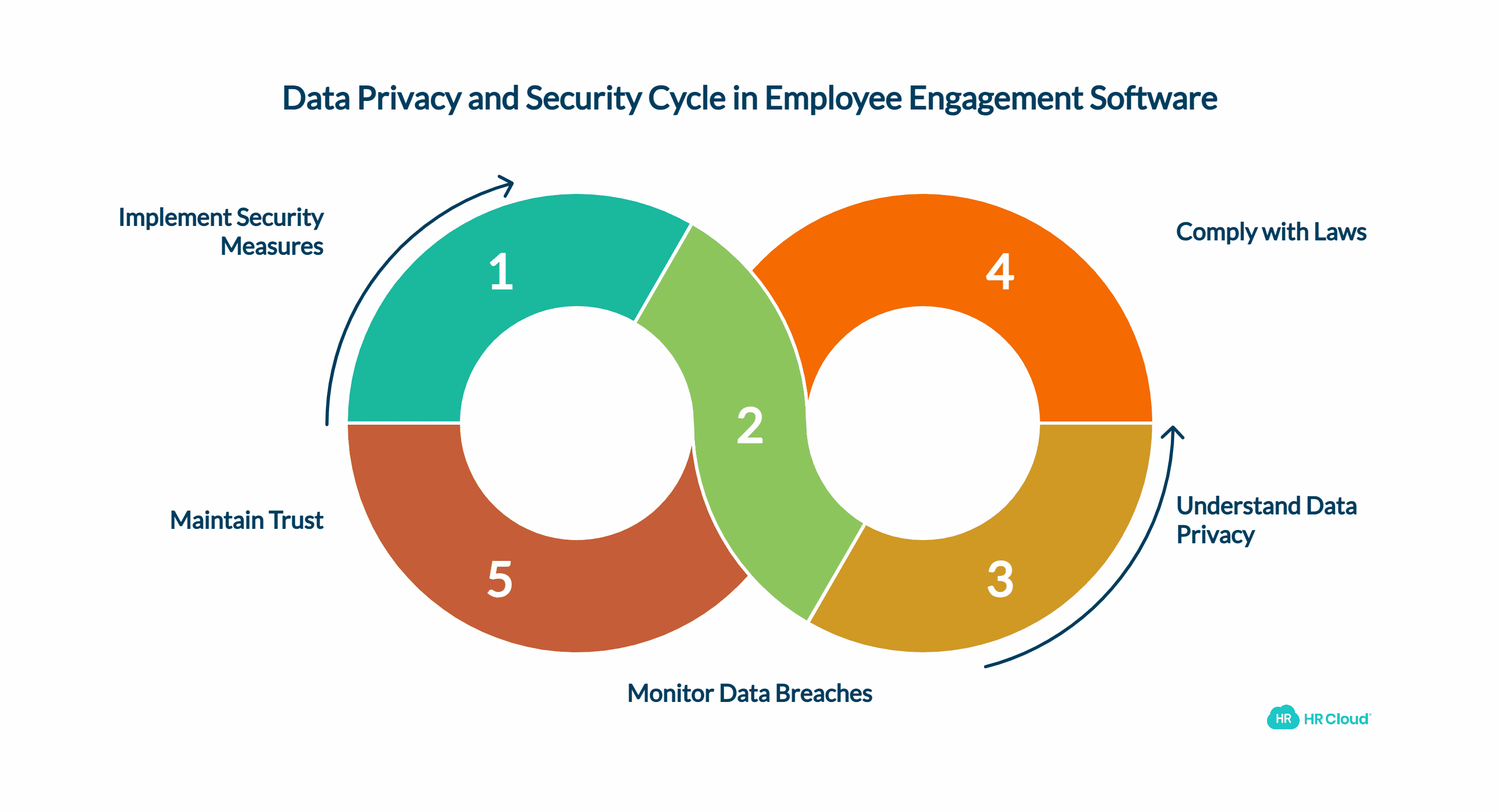
While your prime reason behind incorporating any top-notch employee engagement software could be bringing 21% more profit and improving employee satisfaction; without protecting employee data it seems impossible.
The insights on the recent Fortinet data breach showcase the importance of implementing strong security measures and continuous data breach monitoring to protect sensitive information.
However, we often mix the concepts about data privacy and security, instead of detangling them. So, first, let's talk about it:
For instance, when someone downloads a VPN for a Mac, data privacy refers to ensuring their personal info such as location history and browsing activities - are kept private. The data security deals with shielding unauthorized tracking of that information while encrypting data between users and the VPN server.
In the same way, in an employee engagement software, data privacy depicts the rights of your individual employees, concerning their personal information handling, processing, storage, and usage. While, on the other hand, data security covers legal policies and guidelines to keep your employee data safe from unauthorized third-party eyes or malicious attacks. Understanding and complying with data privacy laws is crucial to ensure that personal information is not only kept private but also handled according to legal standards. Data security is the prerequisite of data privacy and it can exist without data privacy but not vice versa. And, if you consider both data privacy and security for your employees, it will help you with:
-
Preserving individual autonomy without data exploitation
-
Protecting sensitive employee information, and
-
Maintaining trust and confidence between employees and management.
Regulatory Landscape & Best Practices to Follow Compliance Requirements for Organizations
To improve team efficiency and drive employee engagement, most companies focus on boosting engagement among co-workers through various employee engagement programs. However, they aren't necessarily doing enough to stay away from employee data exploitation.
For instance, when managing employee credit cards, the regulatory landscape requires organizations to adhere to various data protection laws to save them from financial pitfalls. Here's how it works:
-
The first way is the General Data Protection Regulation (GDPR), which is regulated by the European Union (EU) and the European Economic Area (EEA), to make sure that personal sensitive information like credit card details and financial records is handled legally with explicit consent from individuals too. Individuals are allowed to access, rectify, or delete their personal information. As global businesses expand, adhering to data privacy regulations like GDPR and others becomes critical in maintaining compliance and ensuring the protection of personal data across various regions.
-
Another important one is the California Consumer Privacy Act (CCPA), which emphasizes how a business should collect information and control individuals' privacy.
Remember, ignoring this regulation phase can make your employees' data vulnerable to phishing, spoofing, and hacking that can downgrade your organization's reputation. In worse unforeseen consequences, they can take you through financial losses, compensatory penalties and fines, and even legal actions. However, amidst the growing concern of employee data safety, tackling them with effective solutions is still possible. And, for that, you can build robust and non-negotiable regulatory protection by following these steps:
-
Often specify and optimize how your employee data is stored and used for various needs.
-
Ensure employees' consent on how their data is being used and provide access to it upon their request.
-
Implement multi-factor authentication, encrypt employee data with role-based access control, and thus, ensure only authorized personnel have access to sensitive information.
-
Conduct a consistent audit for regularly monitoring data, check whether they're still keeping with compliances, and take accountability measures immediately if they are not safe enough.
-
Take your employees through a well-trained awareness program and make them familiar with the concept of technicalities, such as how to secure passwords, how to handle protocols, etc.
-
Create an open environment and culture for risk assessment within your organization so that one can identify them easily and either immediately handle it on their own or with an expert colleague.
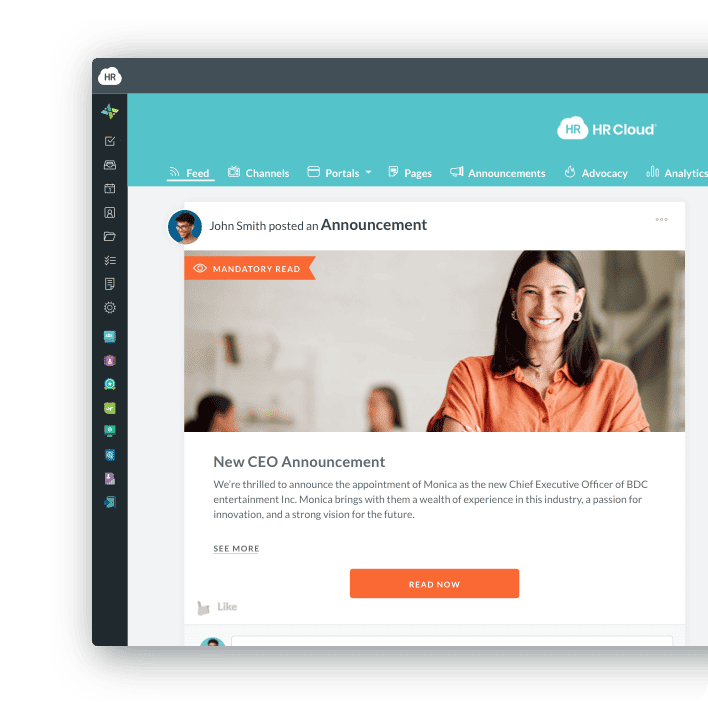
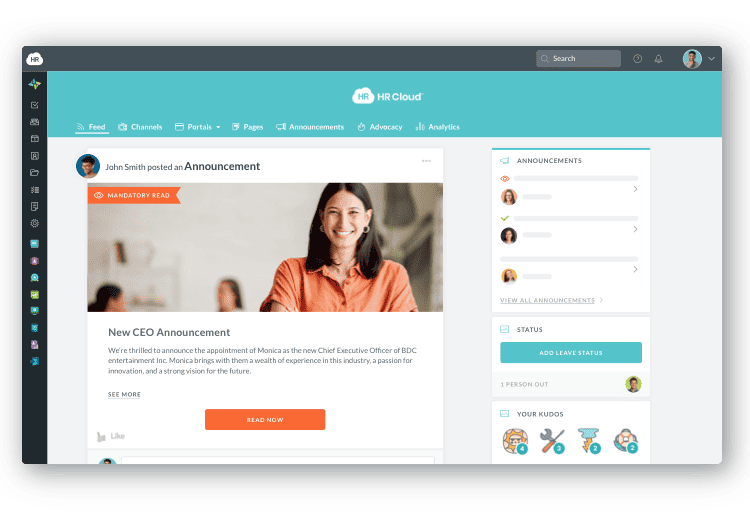
Factors While Choosing the Right Employee Engagement Software
“Embracing tools & technologies to improve employee efficiency isn’t just about staying competitive. It’s about empowering your employees to reach their full potential & drive unprecedented innovation.” - Vineet Gupta, Founder of 2xsas.
Vineet's statement exactly spotlights the prime factor of evaluating the best employee engagement software.
But to choose one of them, first jot down your business requirement - whether it would be used to increase employee engagement while onboarding employees just like HR Cloud does and managing their performance, or anything else.
Once done, begin with vendor evaluation criteria to check their technologies' efficiency while asking them important questions, likely,
How do they handle their partners' worries and objections?
Do they have an expert engineering team to tackle product development when partners are signing in for the long haul?
Don't stop here; instead, assess vendors' capabilities in maintaining legality and security practices that protect one's intellectual property. Build understanding with their data clauses that clearly define terms and policies and the consequences when partners end up their ways. In fact, dig a little deeper to know vendors' compliance history that turns on their partners' satisfaction.
If it sounds great, next go for checking features in the employee engagement software:
-
The best one works like a communication tool, where sharing feedback, company updates, announcements, appreciating employees’ days, and acknowledging their efforts openly become easy. Many modern employee engagement platforms also offer employee mobile apps, allowing employees to stay connected and engaged even when they're on the go.
-
The tool comes with a customization facility and detailed reporting to uncover the current engagement level within employees and uncover trends that further deploy satisfaction.
-
These tools are providing a flexible data management process, secure your effort, and support them with various regulations and legal compliances.
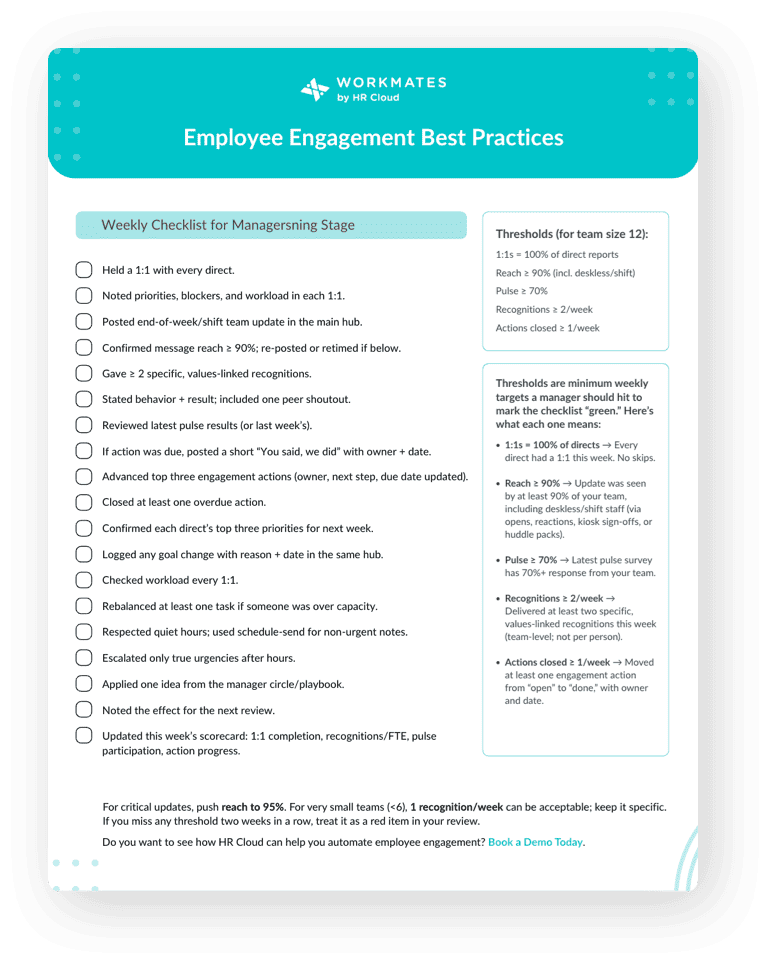
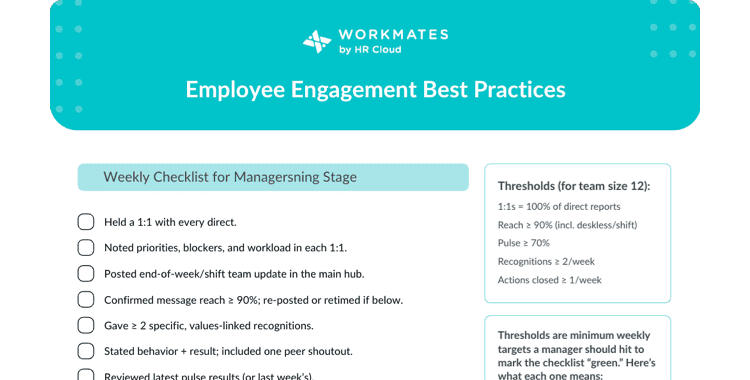
Most importantly, don't miss out on how the vendors handle a consistent upliftment in features along with policies, sharing updates about them, and engaging stakeholders for feedback on data practices.
Workmates brings these essential features together, offering a unified platform for engagement, compliance, and dynamic, continuous improvement. Book your demo and discover its potential to enhance engagement and performance in your organization.
The Future of Data Privacy and Security in Employee Engagement 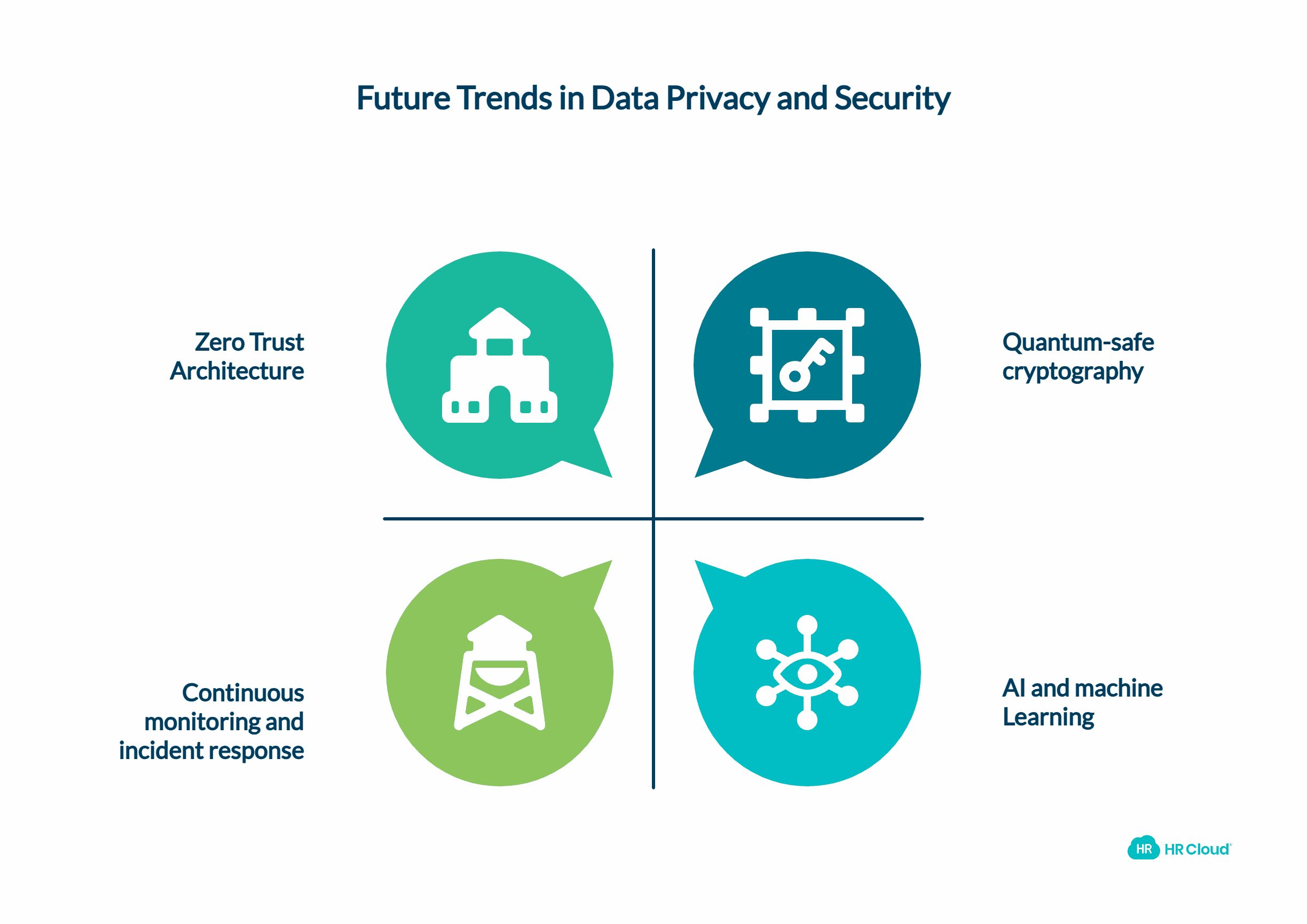
As the technology of employee engagement software is continually evolving, in the future, data privacy and security will focus more on restricting control over its usage. And, to stay compliant, you must look at the changing trends:
-
AI and machine Learning improves the capability to detect and respond to threats in real-time.
-
Zero Trust Architecture (ZTA) consistently deploys authentication and authorization.
-
Quantum-safe cryptography helps secure data protection from the threat of Quantum Computing.
-
Blockchain technology is already in use for decentralized and tamper-proof data security.
-
Continuous monitoring and incident response allows you to look through early detection of threats to minimize damage.
And, that all together will keep you on your toes! As organizations strive to improve employee engagement, they must also focus on continuous learning and development programs to keep their workforce highly engaged and up-to-date with the latest security practices.
Don’t Overlook Employee Data Privacy & Security to Protect Reputation
Whether you're attracting the right candidate, onboarding your new hires, or retaining them for the long haul, in every scenario, scaling employee engagement and maintaining employee privacy should be your utmost priority. If you breach data security, you not only risk your employees' peace, losing your valuable assets, but also put your organization's reputation at stake. That's why anticipating security threats, enhancing encryption, taking the help of AI-powered observations, adapting legal requirements, finding equilibrium between your surveillance software, and more caution become essential.
To promote employee engagement and ensure data security, organizations should focus on:
1. Implementing robust employee engagement strategies
2. Conducting regular employee engagement surveys
3. Offering comprehensive employee training programs
4. Fostering a culture of continuous learning
-
5. Prioritizing professional development and career advancement opportunities
So, from now on, don't only act upon engaging your employees but be cautious about future challenges and set priorities for safeguarding data from the first day of employee engagement software integration. Be safe, start rocking, and keep thriving!
FAQs
1. Why is data privacy important in employee engagement software?
Data privacy in employee engagement software helps companies gain and retain employees' trust, strongly present an organizational reputation, minimize risk potential, and establish integrity. It's crucial for maintaining high employee satisfaction and engagement levels.
2. What are the main regulations that organizations need to comply with?
There are many data protection regulation acts that companies usually follow, including the General Data Protection Regulation (GDPR), the California Consumer Privacy Act (CCPA), the Health Insurance Portability and Accountability Act (HIPAA), etc.
3. How can organizations ensure the security of their employee data?
To ensure employee data security, organizations can keep updated with data protection laws, enforce policies, train and educate employees, conduct audits, monitor activities, and confirm data accessing consent. Implementing effective employee engagement programs that include security awareness can also help improve staff engagement with data protection practices.
4. What should organizations do in case of a data breach?
If data violation happens, organizations can inform the concerned parties, assess the depth of damages, review and investigate them, enforce new policies, and offer support while restoring lost data. It's essential to have a plan in place to address poor employee engagement that may result from such incidents.
5. How can employees be educated about data privacy and security practices?
To educate employees about data privacy, organizations can train them through an awareness program, fix the company culture, and help them manage their own privacy settings. Incorporating these topics into regular employee engagement training sessions can help create a more engaged and security-conscious workforce.
Author:
Charu is an outreach specialist with over 4 years of experience in digital marketing. Her expertise lies in developing and executing outreach campaigns that drive engagement and build brand awareness. When she's not brainstorming outreach ideas, you can find Charu exploring the outdoors or practicing yoga.
Keep Reading
45 Boss Day Messages That Actually Mean Something (2026 Guide)
When is Boss Day 2026? Mark your calendar for October 16, 2026 — the annual opportunity
Birthday Wishes for Coworkers: 50+ Messages That Build Workplace Connection
A coworker's birthday isn't just another calendar date—it's a meaningful opportunity to
Embracing Diversity: Recognizing Different Cultures in the Workplace
Workplaces today reflect the incredible diversity of the world around us. People bring
Like What You Hear?
We'd love to chat with you more about how HR Cloud® can support your business's HR needs. Book Your Free Demo

Build a Culture of Recognition. Boost Engagement. Guaranteed.
Workmates empowers employees to stay informed, connected, and appreciated—whether they’re on the front line, in the office, or remote. Recognition drives 12x higher engagement.Trusted by industry leaders in every sector




Cut Onboarding Costs by 60%.
Take the confusion and follow-ups out of onboarding with automated workflows, digital forms, and structured portals—so new hires ramp faster 3X quicker.Trusted by industry leaders in every sector




